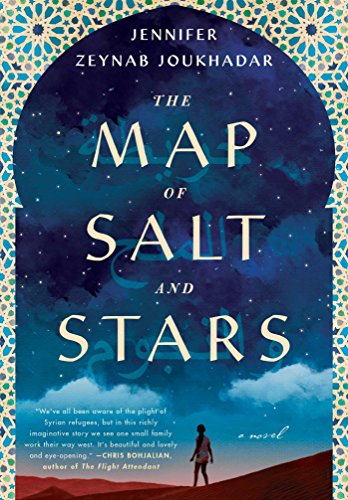Glenn Gould A State Of Wonder Rar

Released January 1956 ( 1956-01) Recorded June 10, 1955 ( 1955-06-10) – June 16, 1955 ( 1955-06-16) Length 38: 34 Bach: The Goldberg Variations is the 1955 debut album of Canadian classical pianist. An interpretation of ( 988), the work launched Gould's career as a renowned international pianist, and became one of the most well-known piano recordings. Sales were 'astonishing' for a classical album: it was reported to have sold 40,000 copies by 1960, and had sold more than 100,000 by the time of Gould's death in 1982. In 1981, a year before his death, Gould made a new recording of the Goldberg Variations, sales of which exceeded two million by 2000. At the time of the first album's release, Bach's Goldberg Variations—a set of 30 beginning and ending with an —were outside the standard piano repertoire, having been recorded on the instrument only a few times before, either on small labels or unreleased.
Glenn Gould’s Bach Score Surfaces, Scrawls and All [via The New York Times] Few classical recordings have aroused as much fascination as Glenn Gould’s 1981 take on Bach’s “Goldberg” Variations. Gould, whose first major-label recording was a classic 1955 account of the “Goldbergs,” rerecorded them more than 25 years later.
The work was considered esoteric and technically demanding, requiring awkward hand crossing at times when played on a piano (these passages would be played on two on a harpsichord). Gould's album both established the Goldberg Variations within the contemporary classical repertoire and made him an internationally famous pianist nearly 'overnight'.
First played in concert by Gould in 1954, the composition was a staple of Gould's performances in the years following the recording. Contents • • • • • • • Recording process [ ] The recordings were made in 1955 at in over four days between June 10 and June 16, a few weeks after Gould signed his contract., the company's classical music division, released the album in January 1956. Bach: The Goldberg Variations became Columbia's bestselling classical album and earned Gould an international reputation. The record is now in the catalog of. At least one record-company executive questioned Gould's choice of the then-obscure Goldberg Variations for his recorded debut. In a 1981 interview, Gould reflected on the studio's situation: 'I think the objections [Columbia] had, which were mild and expressed in a most friendly fashion, were quite logical.
I was twenty-two years old and proposed doing my recording debut with the Goldberg Variations, which was supposed to be the private preserve, of, perhaps, or someone of that generation and stature. They thought that possibly some more modest undertaking was advisable.' Then aged 22, Gould was confident and assertive about his work, and prevailed in the decision as to what he would record for his debut—having also ensured that his contract granted him artistic freedom. Columbia recognized his talent and tolerated his eccentricities; on June 25 the company issued a good-natured press release describing Gould's unique habits and accoutrements. He brought to the studio a special piano chair, bottles of pills, and unseasonal winter clothing; once there, he would soak his hands and arms in very hot water for twenty minutes before playing. Gould often had trouble finding a piano he liked; the Variations were recorded on a piano he had acquired in 1955 (model CD 19), which had been shipped around the northeastern United States for his concerts. The (excerpt) is a at the Unison.
Problems playing this file? The album gained attention for Gould's unique pianistic method, which incorporated a finger technique involving great clarity of articulation (a 'detached '), even at great speed, and little. Gould's piano teacher,, had encouraged Gould to practice ', which required very slowly tapping the fingers of the playing hand with the free hand. According to Guerrero, tapping taught the pianist an economy of muscle movement that would enable precision at high speeds. Gould 'tapped' each Goldberg variation before recording it, which took about 32 hours. The extreme tempi of the 1955 performance made for a short record, as did Gould's decision not to play many of the (each Goldberg variation consists of two parts, traditionally played in an A–A–B–B format).

The length of a performance of the Goldberg Variations can therefore vary drastically: Gould's 1955 recording is 38 minutes 34 seconds long, while his reconsidered, slower 1981 version (see below) is 51:18. By way of contrast, fellow Canadian 's 1999 record is 78:32. Download rudra pratap matlab pdf free. The artist's ability to perfect his work in the studio—what Gould called 'take-twoness'—attracted Gould from the beginning. He recorded no fewer than 21 versions of the introductory aria before being satisfied. Over the course of his career, Gould became more and more interested in the creative possibilities of the studio.